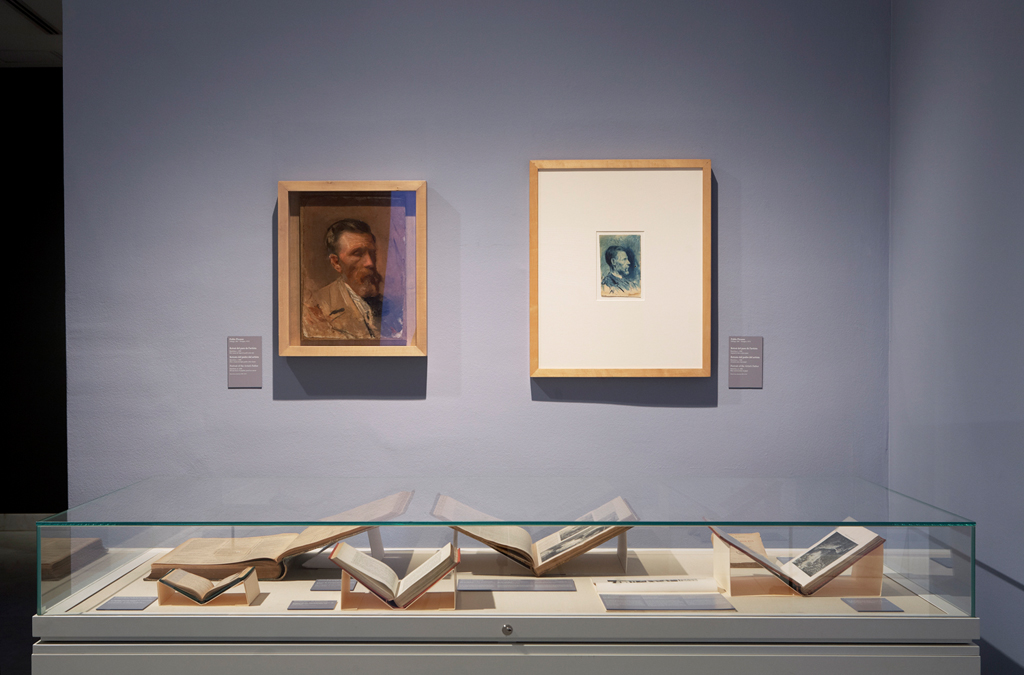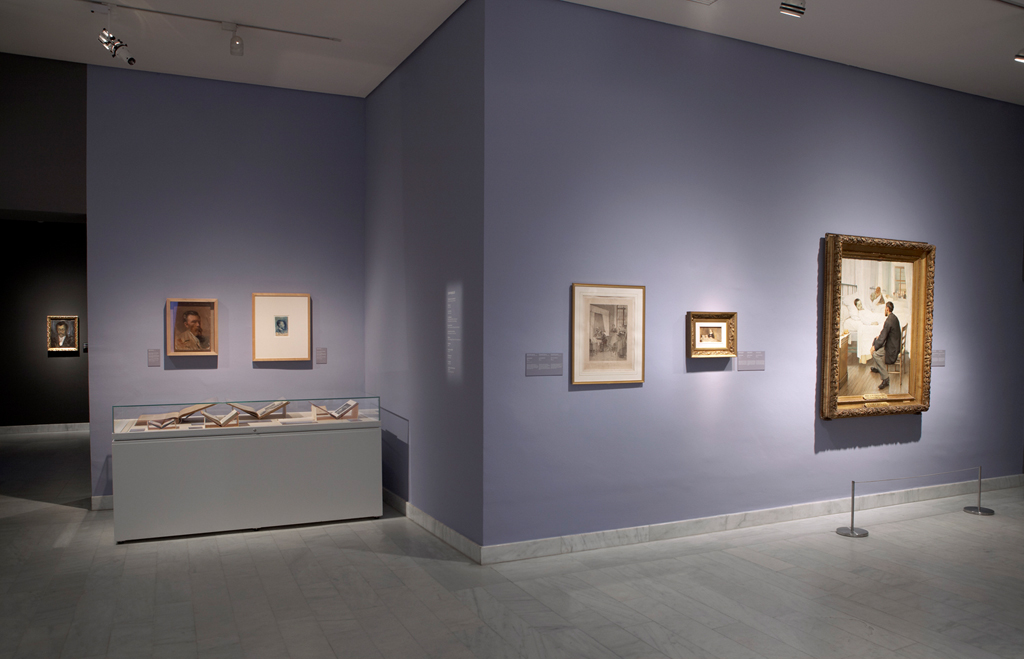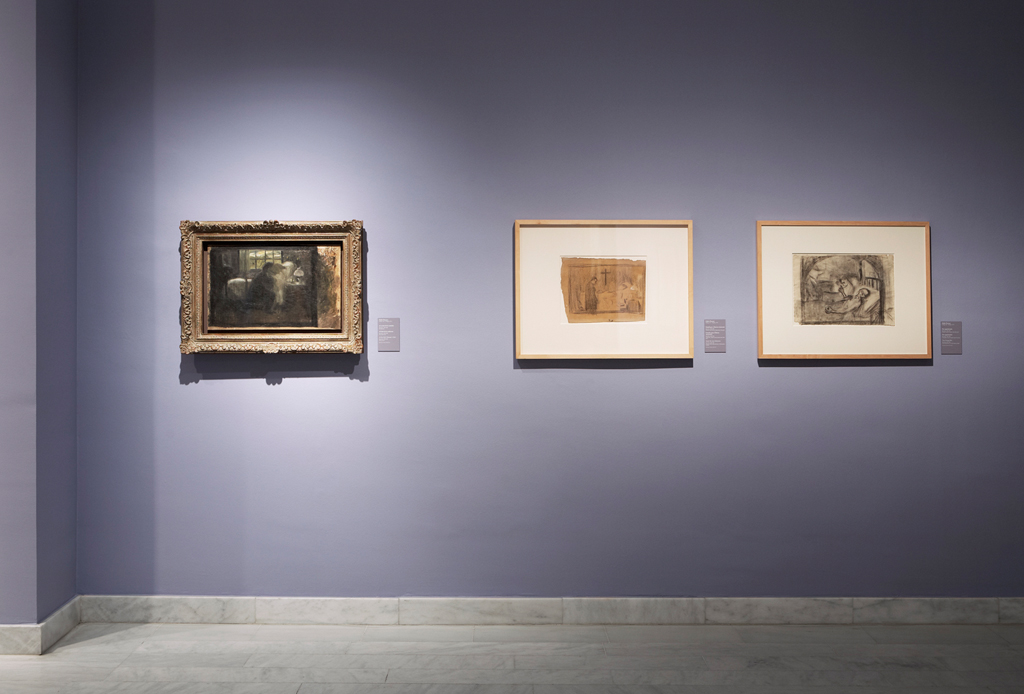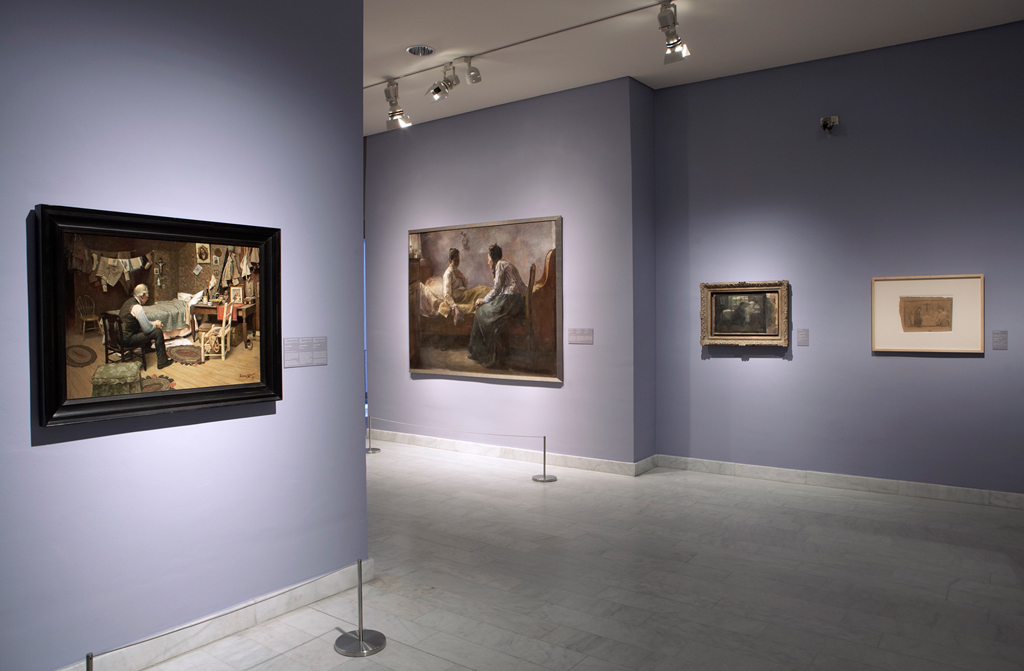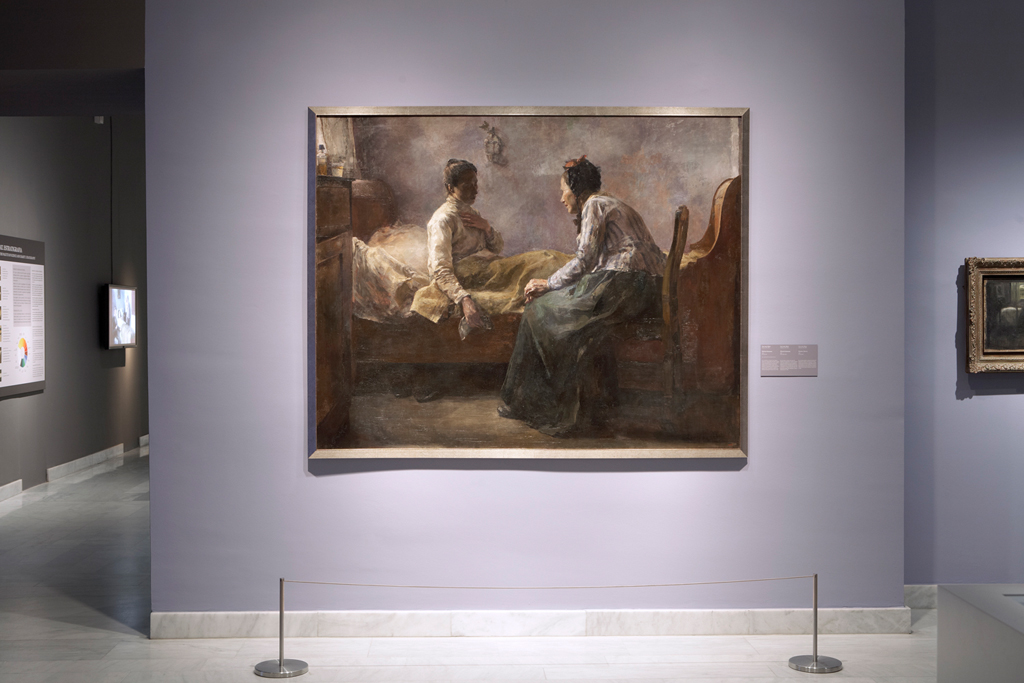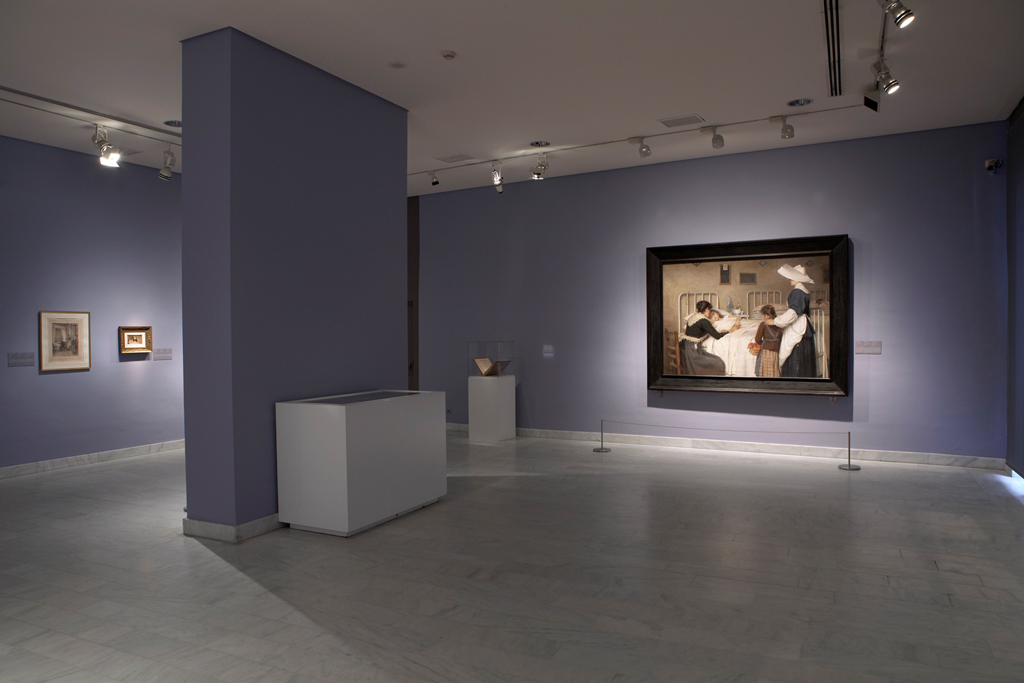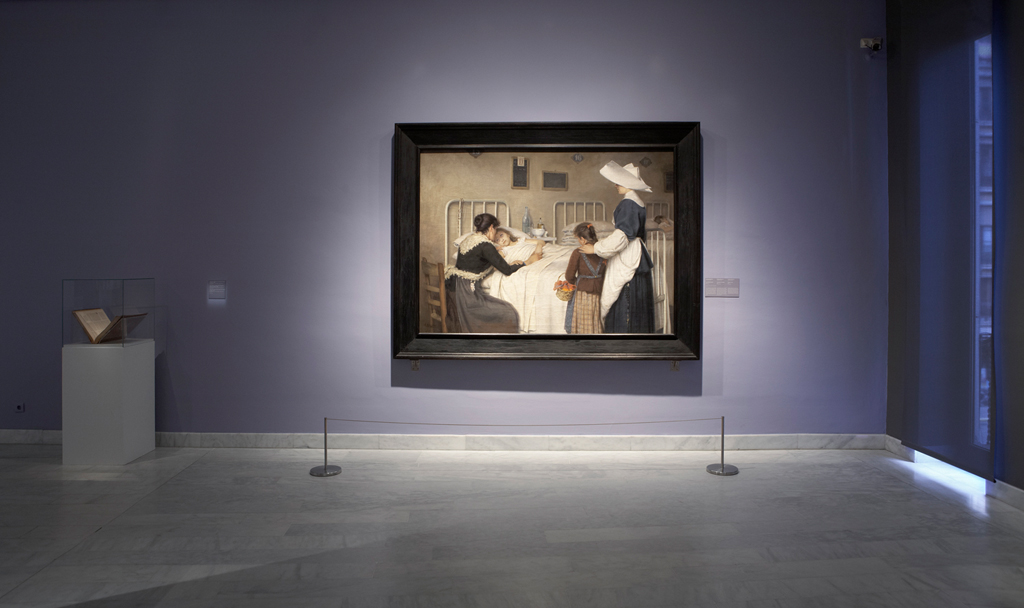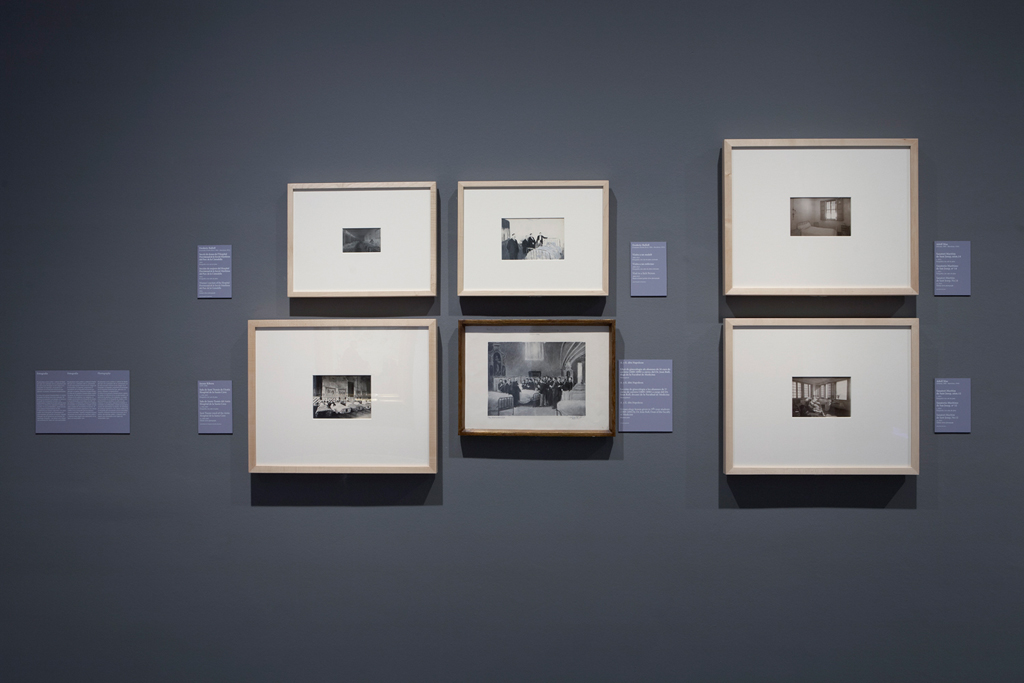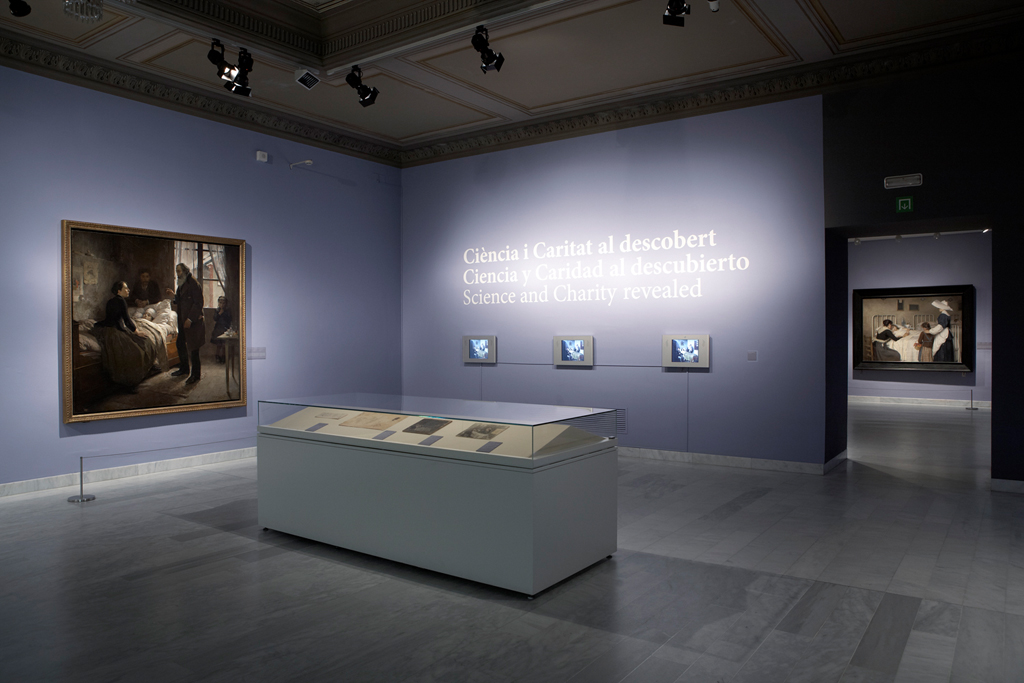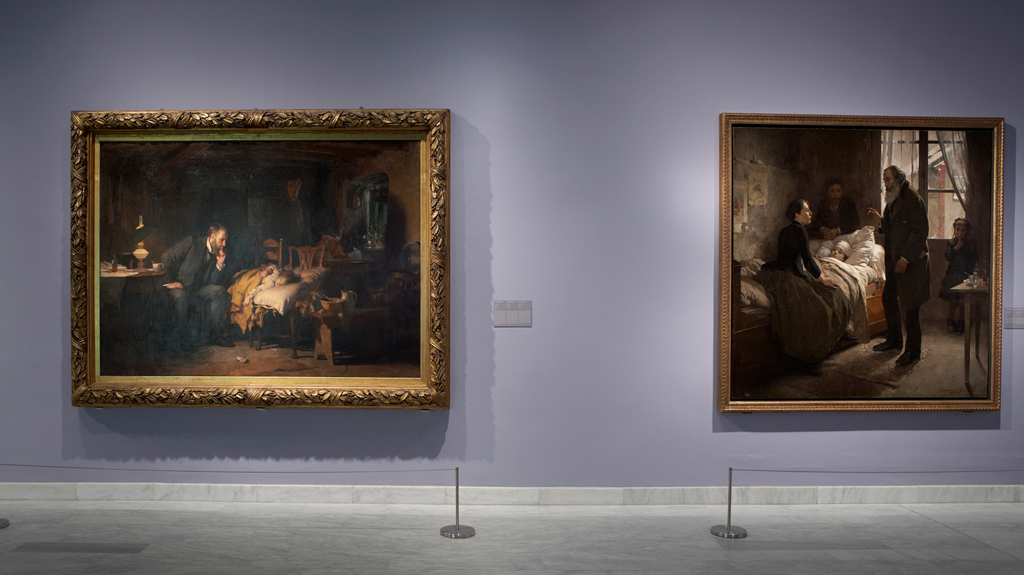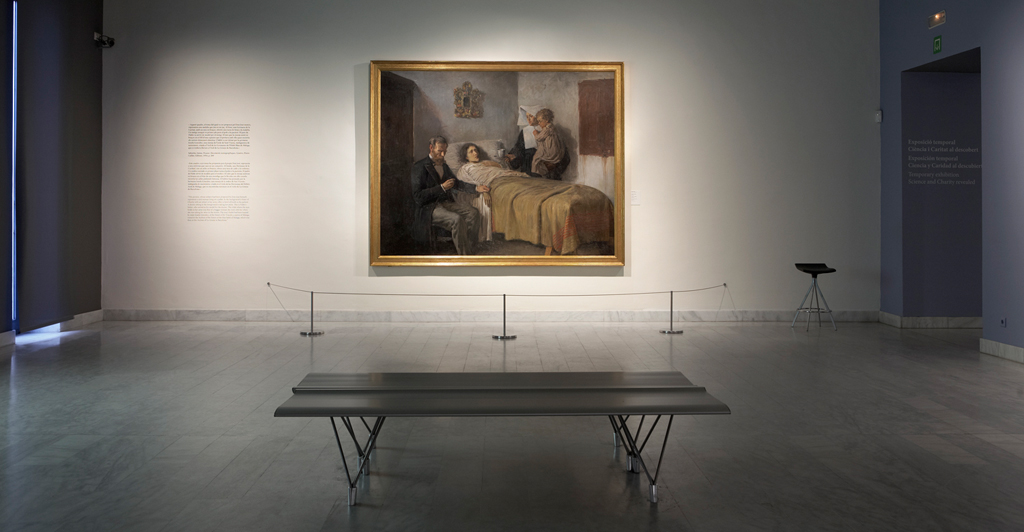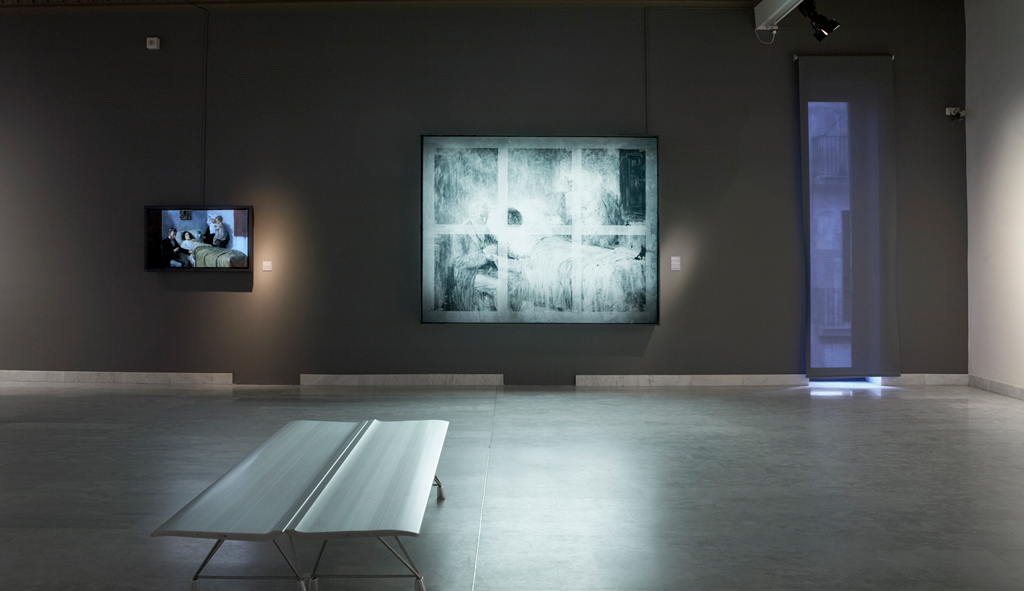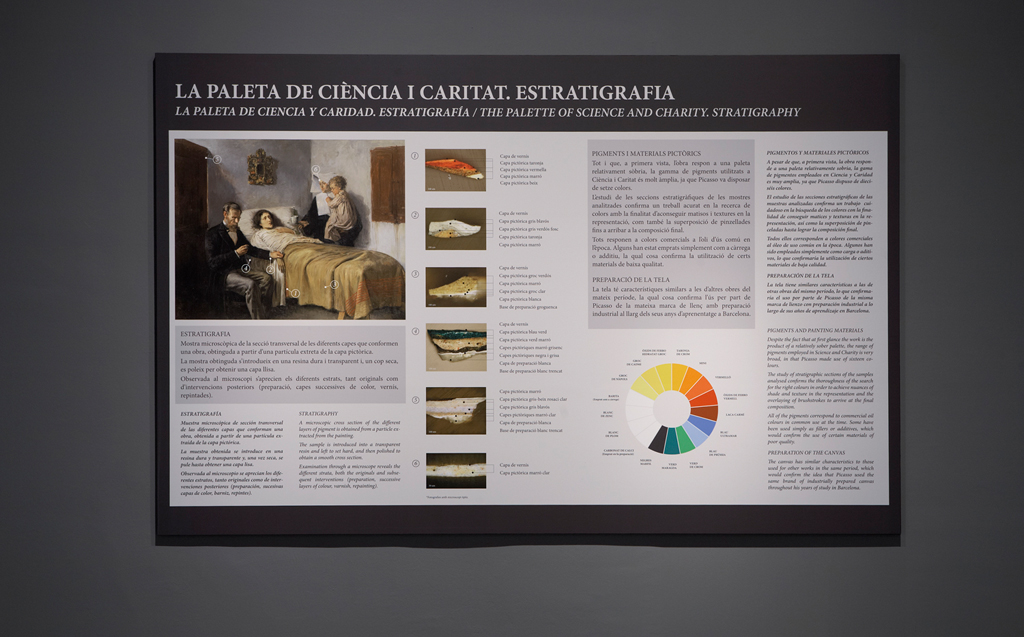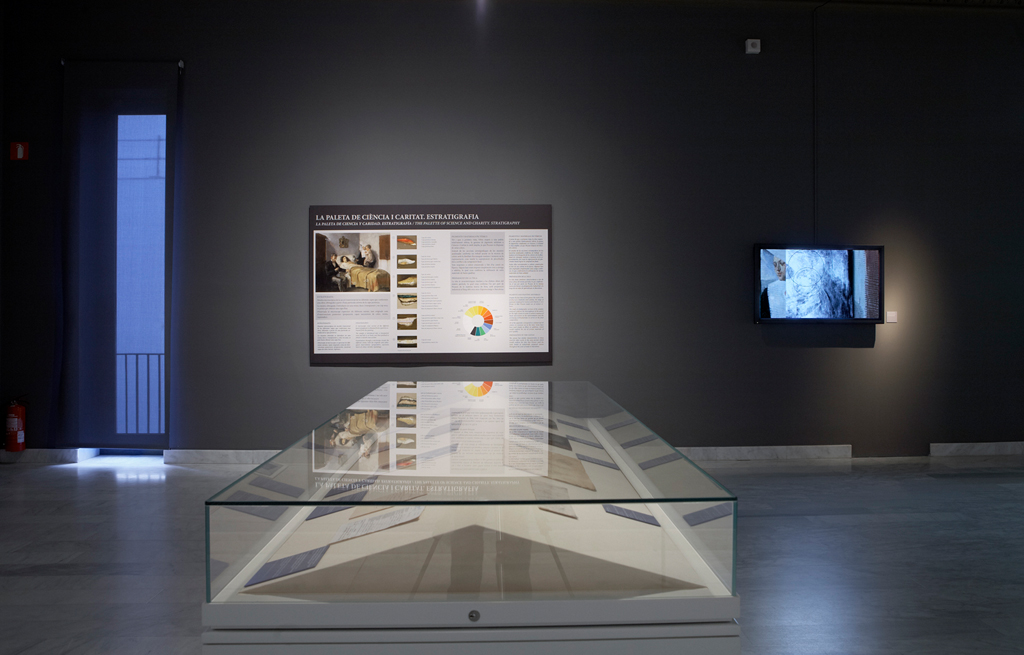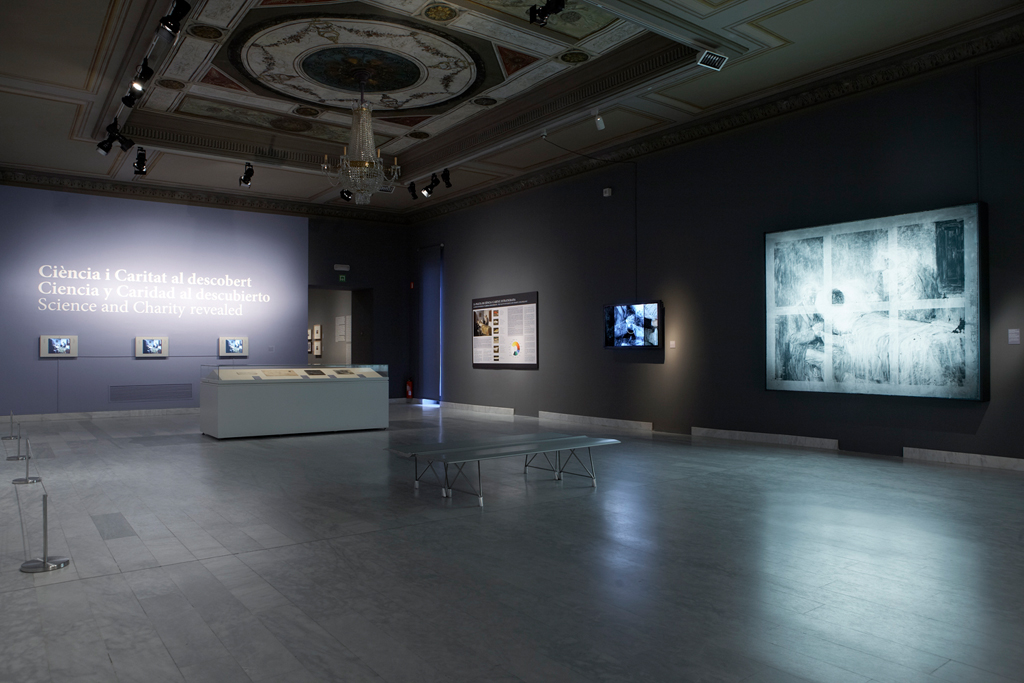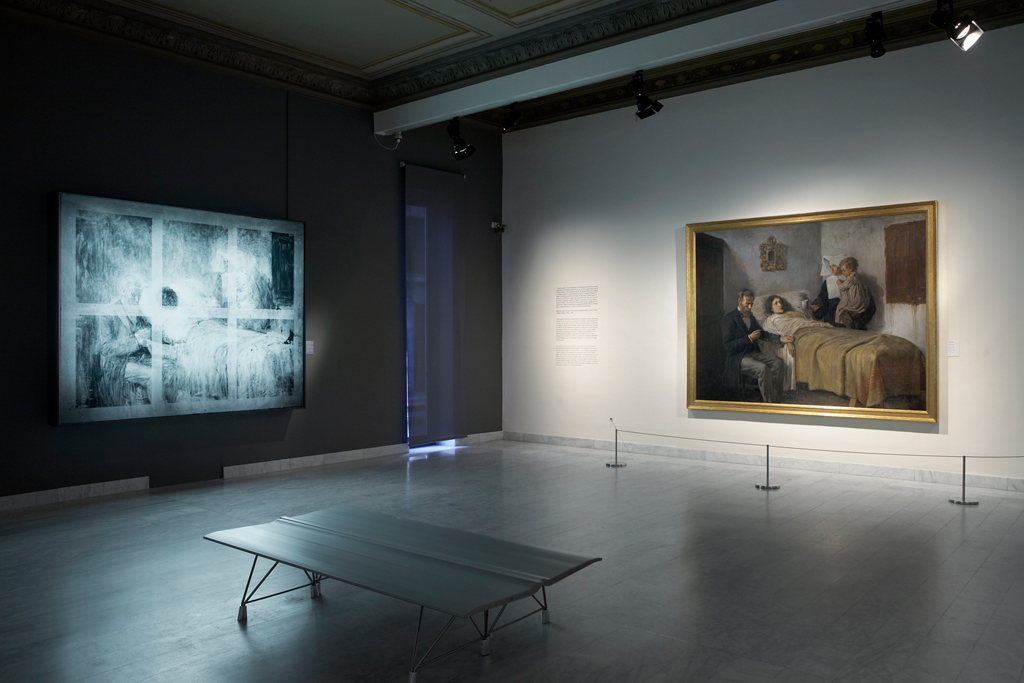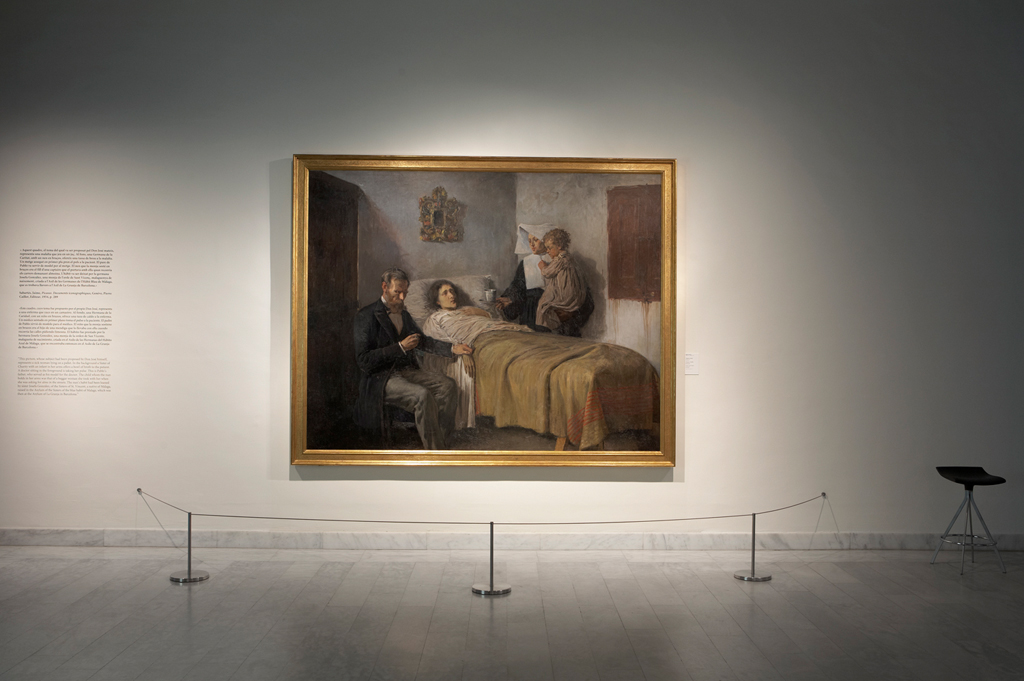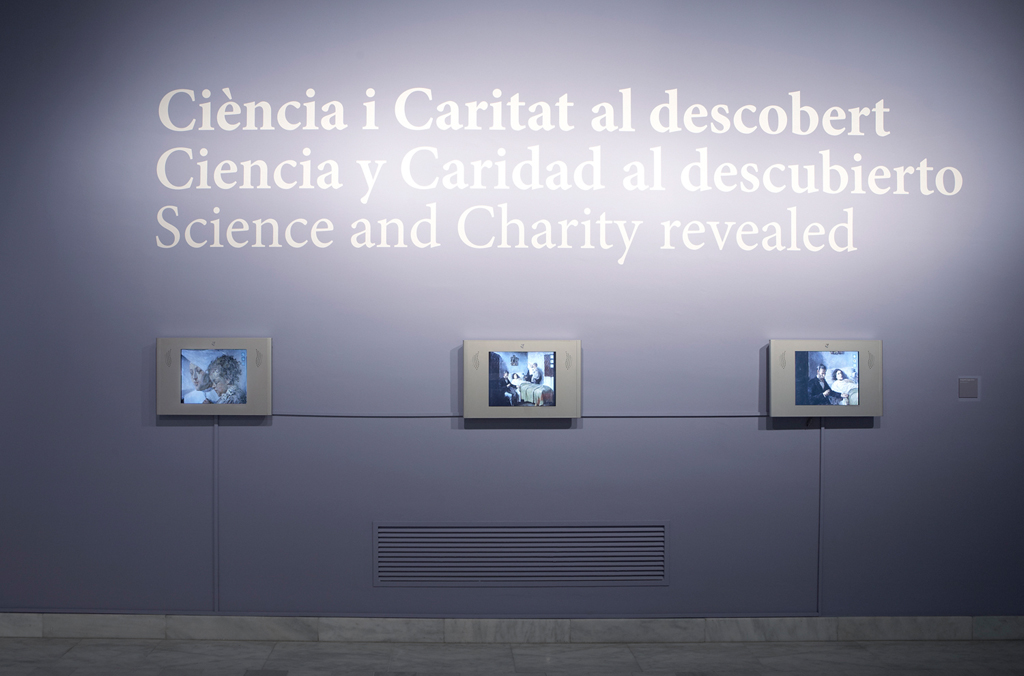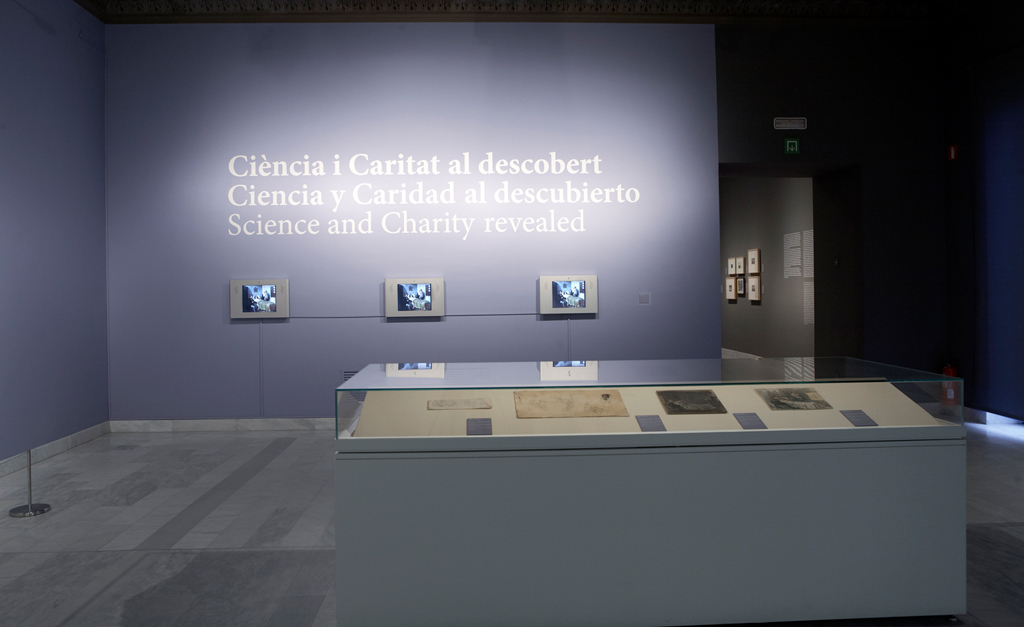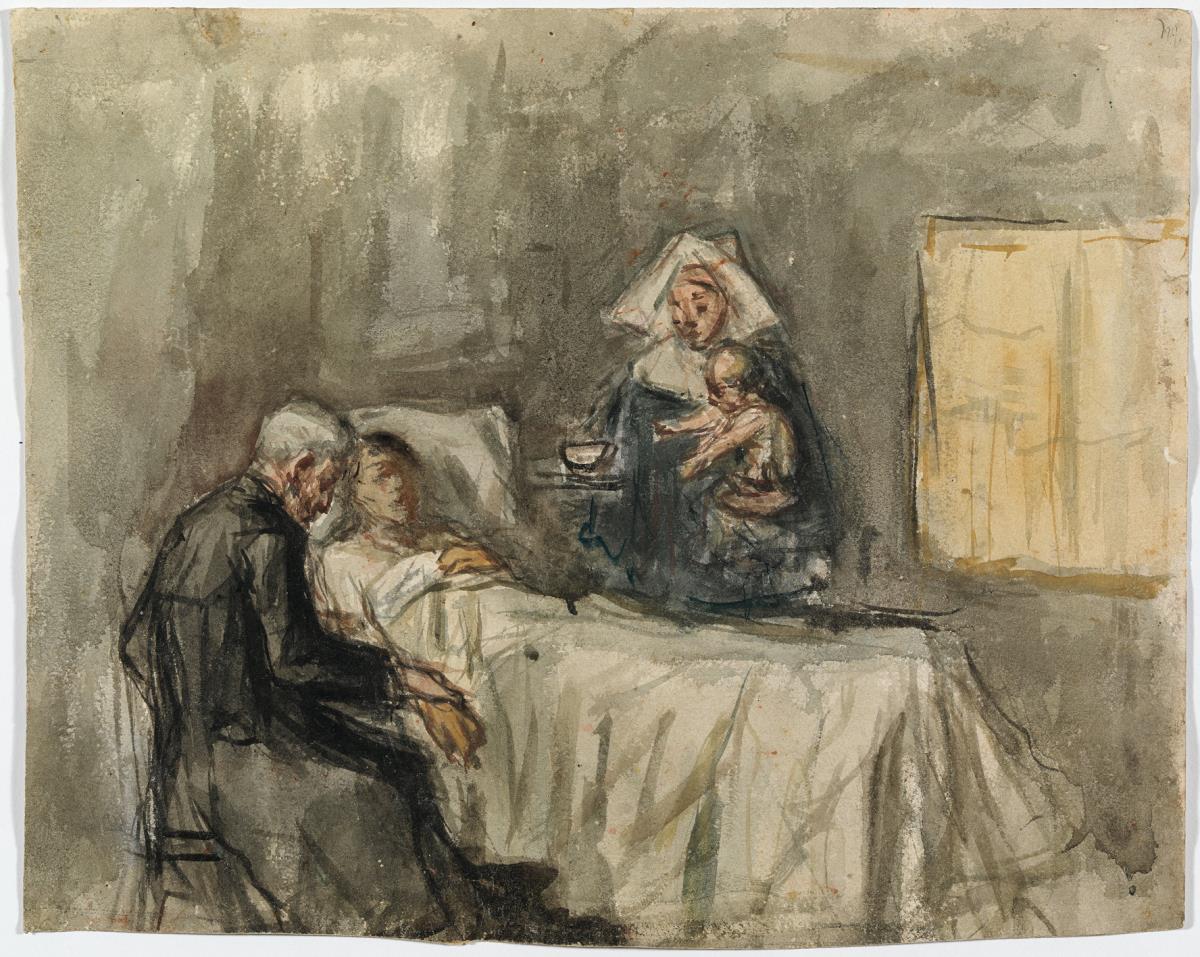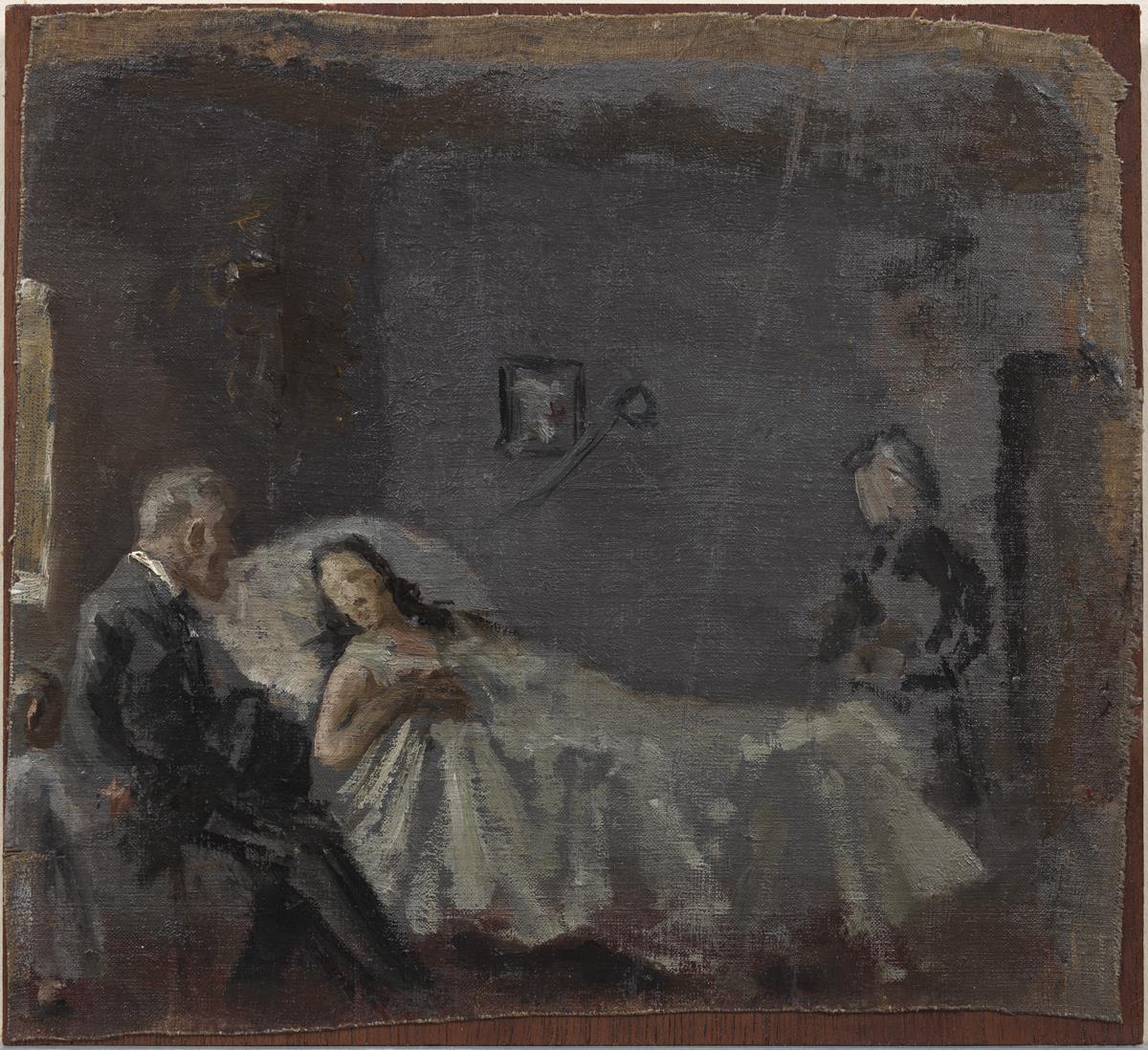
"Science and Charity" Revealed
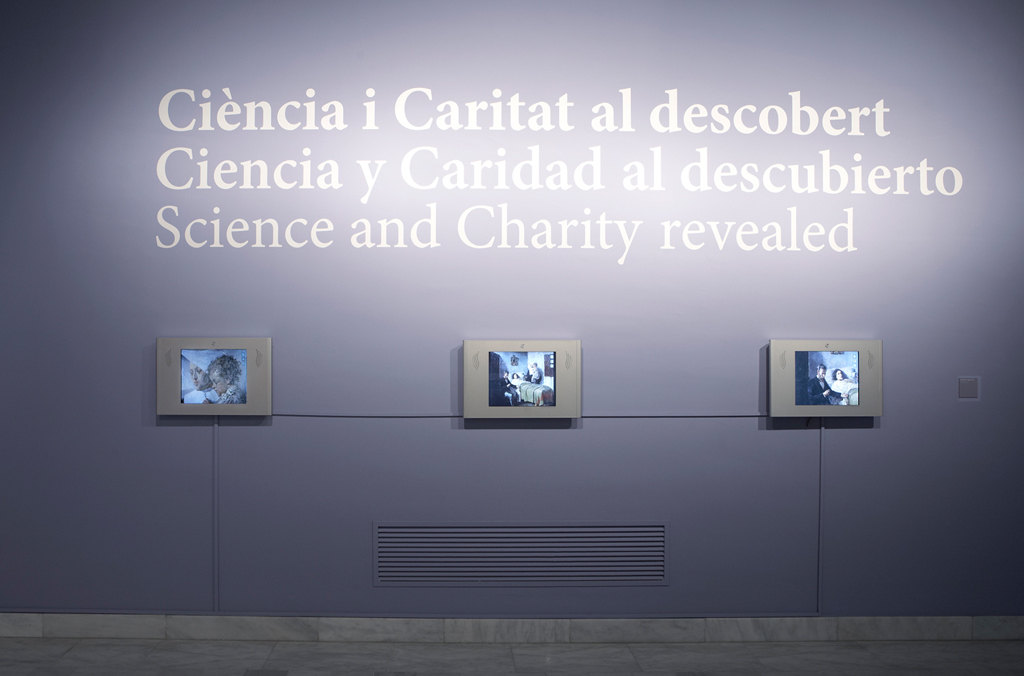
A small exhibition designed to generate knowledge about the emblematic work Science and Charity painted by Picasso in 1897 starting from exhaustive research.
The exhibition sets Picasso's Science and Charity in its social and artistic context, revealing the conceptual and material process of its creation. With the help of technological means, the show also brings to light other aspects usually concealed to viewers. At present kept in the Museu Picasso in Barcelona, Picasso painted Science and Charity in 1897 and that same year the work was awarded an honorific mention at the Fine Arts Exposition Universelle held in Madrid.
The motif of this essential painting produced during his apprenticeship engages with the social realism that pervaded the most conservative circles in the second half of the nineteenth century, in the tradition of the works presented at the Fine Arts exhibitions during the eighteen-nineties.
The Artist’s Career
Picasso’s father, José Ruiz Blasco, was a mediocre painter who projected his aspirations onto his son. He wanted to orient the young artist’s career towards academic success, and for his entry to the National Exhibition he steered him towards a subject that combined modern medicine and selfless care, encouraging him to copy a model then very much in vogue.
Social Realism
The hospital painting as a sub-genre of social realism reached its peak of popularity in the 1880s and 1890s. Artists of various nationalities found a very effective stepping stone to fame in the depiction of scenes of poverty and illness that echoed the concerns of the well-to-do in relation to recent developments in society, science and culture.
The Pentimenti: Working and Reworking
On the basis of X-ray analysis of the picture, this video shows us some of the artist’s pentimenti or traces of changes and adjustments to the composition or the angle or position of the figures or other elements, affording us valuable insights into his creative process and way of working.
An Analysis of the Painter’s Palette
The range of pigments used in Science and Charity is very broad: sixteen commercial oil colours in common use at the time, worked to achieve a sober palette. The study of stratigraphic sections confirms the considerable effort the artist devoted to achieving his tones and textures, overlaying the brushstrokes to create the final composition.

